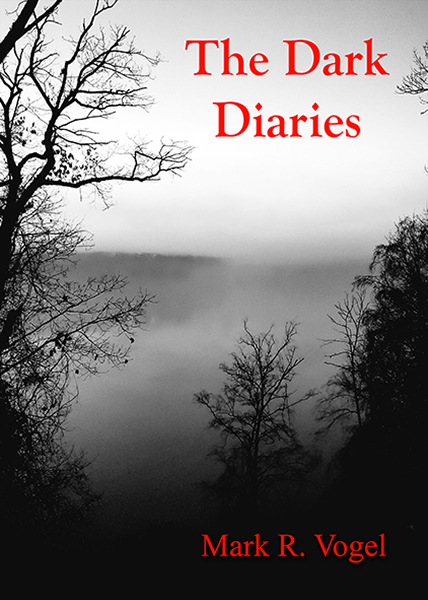Japanese director Masaki Kobayashi made only twenty-two films during his brief career. However, he stands as one of the most highly regarded filmmakers from the East (he was not favored in his own country). There is good reason for this: Kobayashi was able to exploit the Western mindset, selling Eastern narratives with a watered-down sensibility, evident in his concern for local color and belated pacing, neither of which was popular in Japanese cinema at the time (but was in America). Case in point, Kaidan–marketed in the United States as Kwaidan–is a collection of four Japanese ghost stories (its translated title) retold by an expatriate American, Lafcadio Hearn. Of the four, the lesser “Americanized” of the tales was removed from theatrical release (in part, to pare down the running time). However, cultural relativity aside, the film is noteworthy for mood, control, and the ability to present a visually interesting story.
The film begins with “Black Hair,” a the story of a poor samurai (Rentaro Mikuni) who is fed up with his poverty. He leaves his wife (Michiyo Aratama) to marry into wealth. When his second wife (Misako Watanabe) becomes too petty for him to tolerate any longer, his conscience gets the better of him and he returns to his true love. He awakens after their first night after reconciliation to discover their house in dilapidated shambles and the corpse of his estranged wife lying beside him before the tale ends with her most dominate feature seeking vengeance upon him.
The second tale, “The Woman in the Snow,” was removed from Kaidan’s release when it first appeared in America. It involves a vampiric entity in the form of a woman (Keiko Kishi) who appears during a snowstorm and kills an old woodcutter (uncredited) but spares his younger counterpart, Mi Nokichi (Tatsuya Nakadai), on the promise that he will never tell anyone of what has occurred. Shortly thereafter, he meets and marries a woman who, after ten years and bearing three children, becomes the topic of conversation of local townspeople in that she still looks like a child. It is at this time that Mi divulges the tale of that ill-fated night to his wife, who reveals herself to be the murder of his friend a decade before and acts upon the violation of his trust.
The third and most effective narrative, entitled “Hoichi, the Earless,” revolves around a young, blind monk named Hoichi (Katsuo Nakamura) who is known for his ability to play the biwa while singing the legend of the Battle of Dan-No-Ura, which discloses the Heike Clan’s defeat at sea centuries before. He is accosted by a the spirit of a Heike nobleman (Tetsuro Tamba) to sing for the Clan. The monastery priest (Takashi Shimura) discovers what is occurring and paints a holy text upon the boy’s body in order to protect him from the spirits. However, the priest omits to veil the boy’s ears, which become severed upon the nobleman’s return at the boy’s refusal to comply to his clan’s wishes.
“In a Cup of Tea” ends the series and is the most thoughtful of the collection. It begins with the Narrator (Osamu Takizawa) telling of a text which was not completed and theorizes upon reasons why. He discloses how the tale began: A samurai (Kanemon Nakamura) sees a face reflected in his tea before giving in and drinking the fluid. The Narrator then hypothesizes upon what would occur to an individual who consumes another’s soul as the tale, predictably, breaks off and returns to present time as an interesting plot twist ensues, becoming a critique of the publishing industry.
All four narratives are ghost stories which are interconnected by two themes: the rotation of seasons and guilt. Of the four, “Hoichi, the Earless” is the most cinematic but does suffer from distracting comic relief in the form of two peer monks to the title character as well as floating orbs ablaze (later seen in Cemetery Man). The most visually stunning stands between the aforementioned tale and “The Woman in the Snow,” both of which present surrealistic backdrops which juxtapose the subdued colors of the characters and their immediate surroundings.
Overall, Kaidan is an interesting film in that is offers a welcome relief from the barrage of recent J-Horror movies if, for nothing else, it allows a mood to be created as opposed to forcing one via action. Of the four pieces, I strongly recommend the third and find the four intriguing but will admittedly probably not rewatch the first two.
-Egregious Gurnow
- Interview with J.R. Bookwalter - January 22, 2015
- Interview with Andrew J. Rausch - January 22, 2015
- Interview with Rick Popko and Dan West - January 22, 2015
- Interview with Director Stevan Mena (Malevolence) - January 22, 2015
- Interview with Screenwriter Jeffery Reddick (Day of the Dead 2007) - January 22, 2015
- Teleconference interview with Mick Garris (Masters of Horror) - January 22, 2015
- A Day at the Morgue with Corri English (Unrest) - January 22, 2015
- Interview with Writer/Director Nacho Cerda (The Abandoned, Aftermath) - January 22, 2015
- Interview with Actress Thora Birch (Dark Corners, The Hole, American Beauty) - January 22, 2015
- Interview with Actor Jason Behr, Plus Skinwalkers Press Coverage - January 22, 2015


